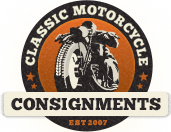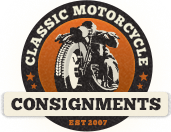Classic Motorcycles for Sale by Owner
-
FOR SALE
- CURRENT LISTINGS
- Harley Davidson Motorcycles
- Indian Motorcycles
- Early American Motorcycles
- BWW Motorcycles
- British Motorcycles (Vincent, Triumph, Norton, BSA, Etc)
- Italian Motorcycles
- Japanese Motorcycles
- Scooters
- Bobbers & Choppers Motorcycles
- Sidecars
- Trials / Offroad
- Modern Motorcycles
- Classic Autos
- PARTS FOR SALE
- WANTED
- ABOUT US
- SUBMIT
- LINKS
- CONTACT US


























































































































